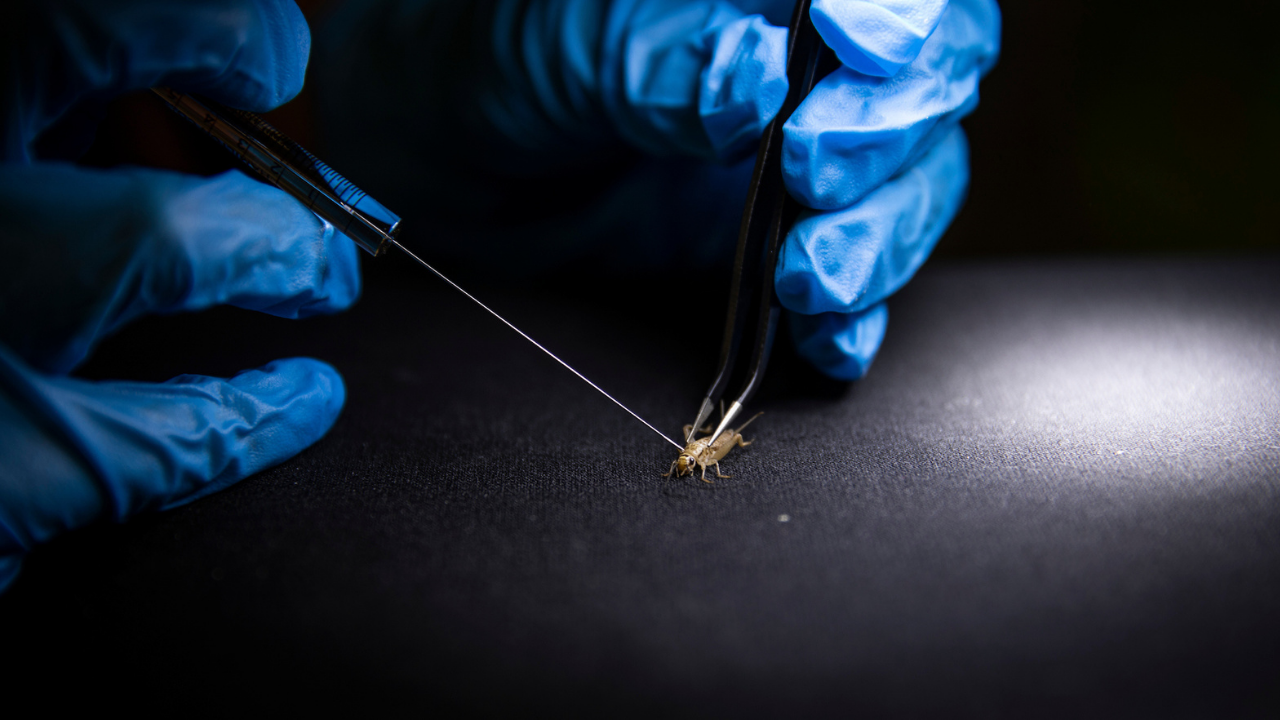Psychology might not be the first field that comes to mind when you hear the phrase “insect research,” but two students from the behavioral science department have been conducting a long-term experiment using crickets this semester.

Psychology might not be the first field that comes to mind when you hear the phrase “insect research,” but two students from the behavioral science department have been conducting a long-term experiment using crickets this semester. Amy Chevrier and Dillion Day, under the supervision of Professor James Taylor, have been researching the effects of ethanol on cricket behavior and memory.
“When we were reviewing literature earlier in the semester, we found that there actually was a gap in ethanol and cricket behavior, which was cool because that's what we wanted to look at,” Chevrier said. “I think part of our interest in this project came from wanting to investigate drug manipulation on behavior.”
To begin their research, Chevrier and Day worked to train crickets using a Barnes maze — a simple maze with three false escapes and one real one. The crickets are placed in an open, brightly lit space. Then, the students introduce an adverse stimulus in the form of a large shadow. As the crickets’ anxiety increases, the students observe whether the crickets seek an escape. Once the crickets discover the real exit, the students measure the time it takes the insects to escape once they’re placed in the maze.
As they’ve progressed in their research, however, Chevrier and Day have encountered significant difficulties in behaviorally conditioning the crickets, which is perhaps a reason for the lack of data they discovered during their literature review.
Recently, Chevrier and Day have started to see more promising results in conditioning the crickets — so much so that they’re planning to begin the next phase of their research. They plan to inject the conditioned crickets with ethanol to determine how it affects their memory and behavior.
“One of the biggest things we’ve learned in conducting this experiment is that you might think you have a really good idea, but it doesn’t quite pan out,” Day said. “But, if you just keep on trying, you’ll eventually get to something that works.”
Chevrier agreed. “Dr. Taylor always tells us, just because it’s not working, it doesn’t mean it’s a failure. You’ve just found certain ways not to train crickets.”